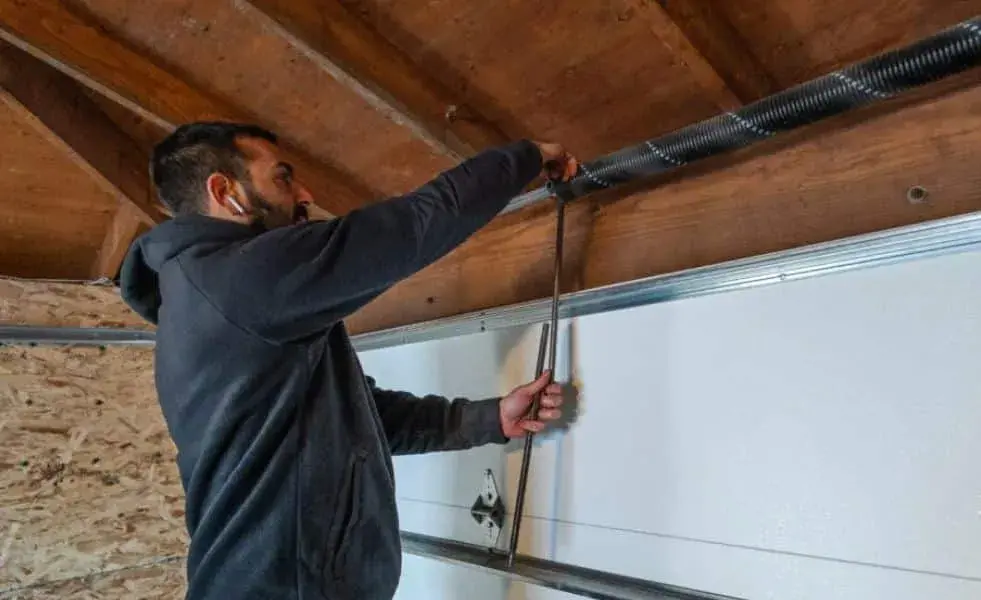Undertaking a task such as replacing your garage door spring independently requires a comprehensive understanding of the process, and, crucially, a keen awareness of safety measures. As experts in the field, we’ll be shedding light on both the technical nuances of spring replacement and the essential safety guidelines that should accompany every step.
This task, while seeming daunting, can be accomplished with the right tools, techniques, and precautions. However, the risks involved, the importance of each step, and the potential cost of a misstep are factors that must be weighed carefully.
So, let us journey together into the world of DIY garage door spring replacement, where precision meets safety.
Understanding Garage Door Springs
Garage door springs, an essential component in the functionality of your garage door system, work under immense pressure to lift and lower the heavy door, requiring a comprehensive understanding for safe and effective maintenance.
The springs operate on a balance system, counteracting the door’s weight through stored mechanical energy. This balance is critical in ensuring smooth operation and preventing undue strain on the motor or potential injury to operators.
Two common types of springs are used: extension springs and torsion springs, each with unique characteristics and requirements. A firm grasp of how these springs work, their strengths, and their limitations is the first step in safely and effectively carrying out maintenance or replacement tasks.
Safe Spring Replacement Steps
Having established a fundamental understanding of garage door springs, we now turn our attention to the meticulous procedure of safely replacing these high-pressure components.
1. Disconnect Power: Unplug the garage door opener to prevent accidental activation during the replacement process.
2. Secure Door: Keep the garage door secured in the down position using a pair of vice grips. This prevents the door from abruptly moving, potentially causing injury.
3. Relieve Tension: Use winding bars to slowly and carefully relieve tension from the old spring. Never use a screwdriver or other substitutes, as these can slip and cause harm.
4. Replace Spring: Replace the old spring with a new one, making sure it is of the same size and type. Carefully wind the new spring using winding bars until the correct tension is achieved.

